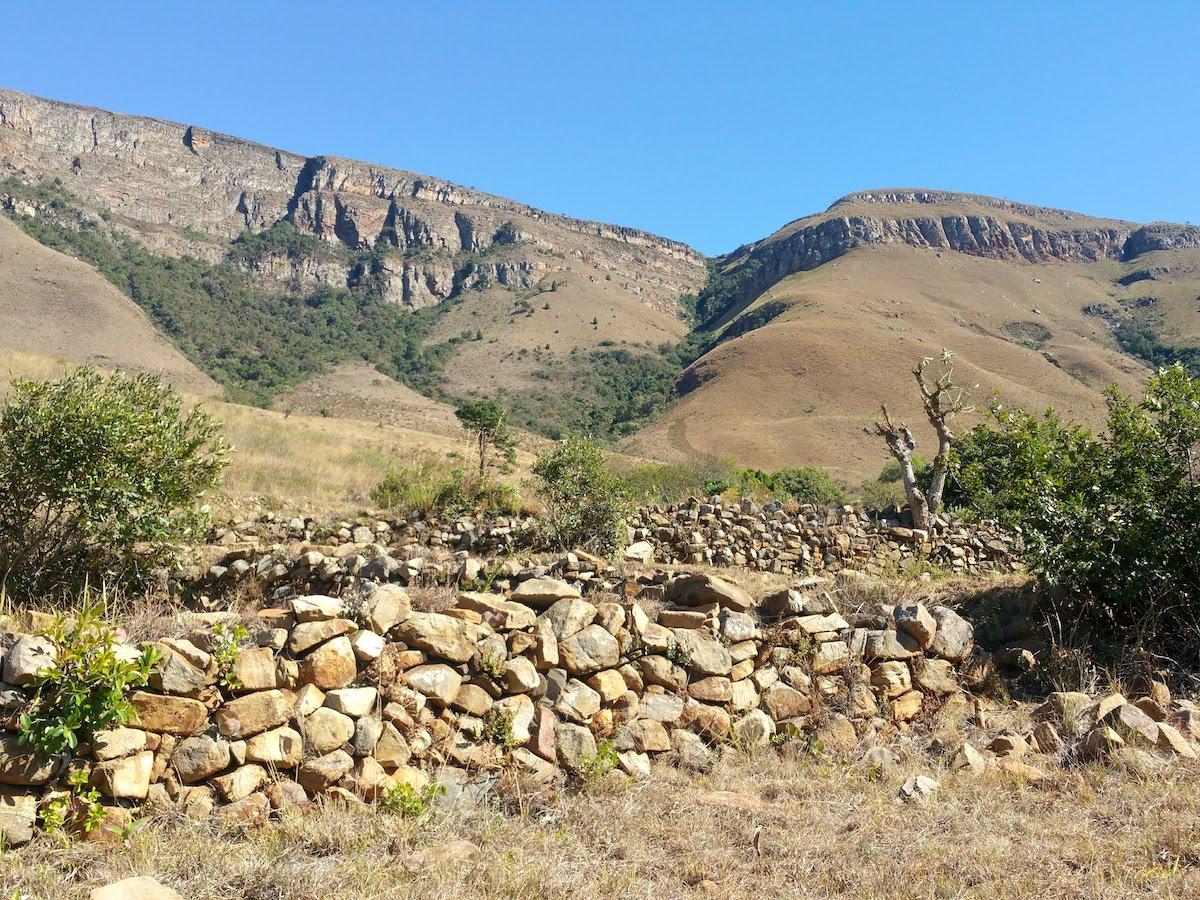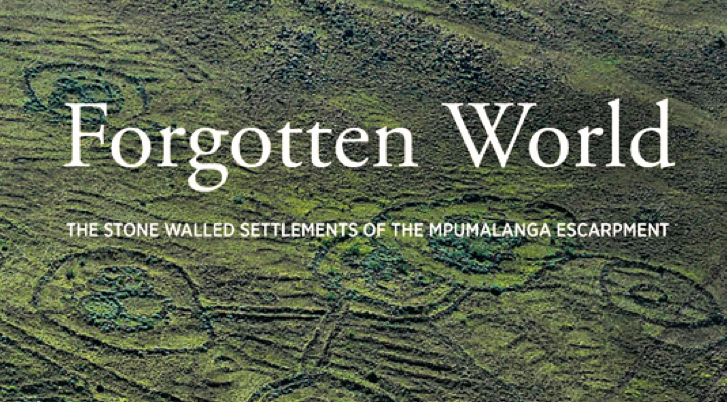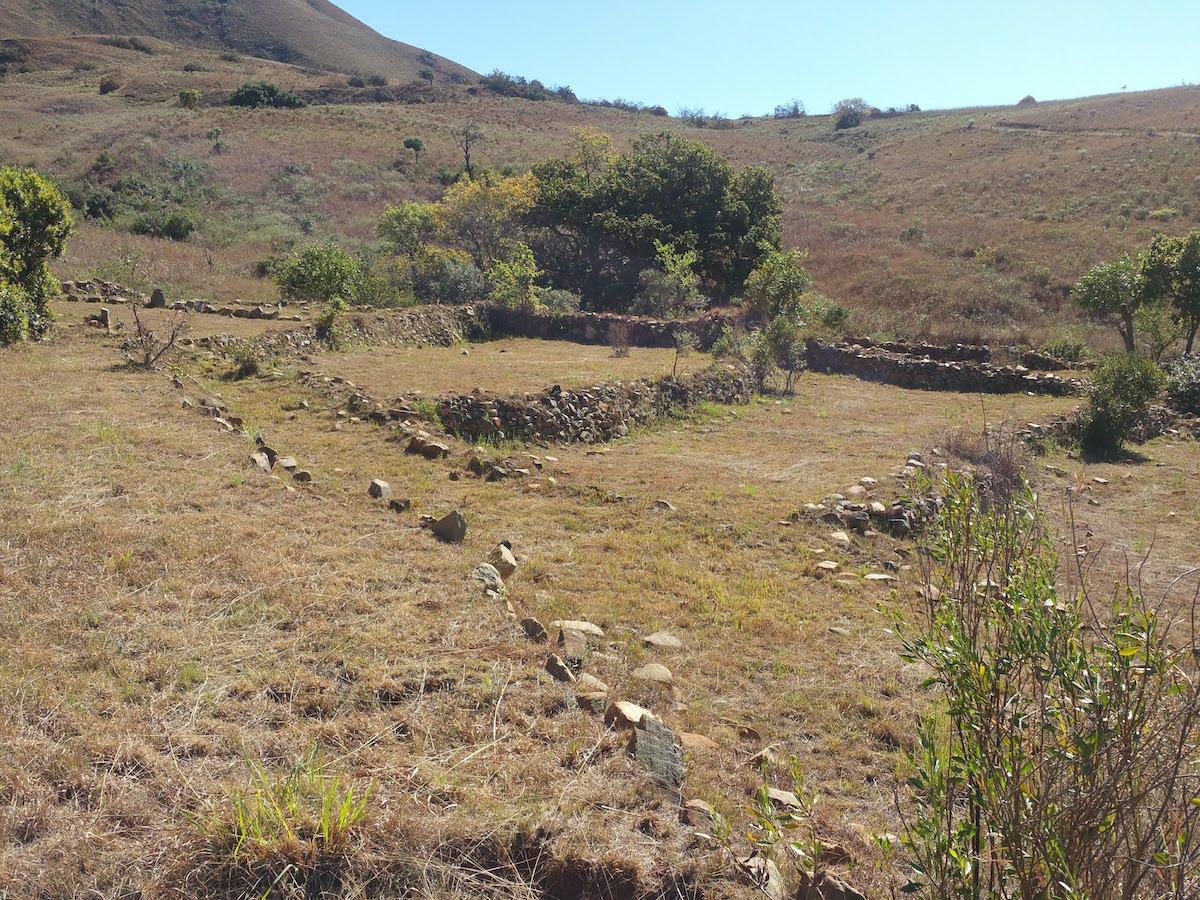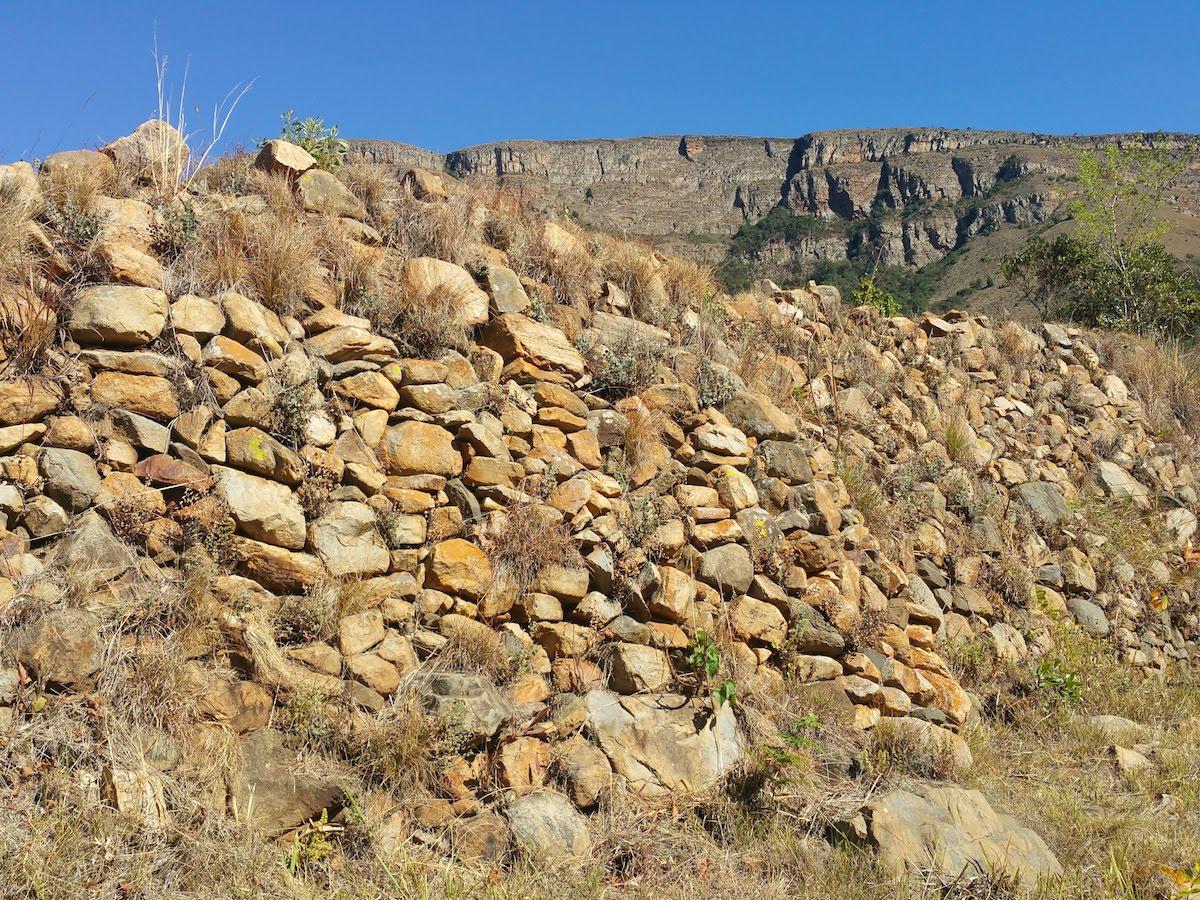
Disclaimer: Any views expressed by individuals and organisations are their own and do not in any way represent the views of The Heritage Portal. If you find any mistakes or historical inaccuracies, please contact the editor.
I would like to discuss a topic very close to my heart. One which my dad has been interested in for some time and researched extensively. That is the stone circles found in Mpumalanga. Most of the mountains and hills of Mpumalanga have stone circles on them and extensive road networks joining them to one another. This has long been thought of as just homes of the local peoples and their cattle kraals. They were therefore dismissed as being of any real value or importance archaeologically. However, it has since been proven by means of extensive investigation and discovery of artefacts, rock art and satellite and aerial imagery, that these people, the Bokoni or Koni people were much more advanced.
Forgotten World, the epic study by Delius, Maggs and Schoeman
They were farmers, forgers of weapons and tools, miners and traders. The smelting of iron and copper and forging of weapons and tools from iron ore and mixing this with charcoal and fluxes to get steel takes a very specialized skillset, even some form of chemistry to get the mixture right for the steel to be strong enough to be of use. This later developed into a specialty performed by only specific people and the skill was then passed down within those families. The chief of the village prized the metal-workers as the skill allowed for trade from and to other villages and even long distance to other peoples. (Serfontein, 2013)
This even included the trade in gold, where it was found. The archaeological site of Mapungubwe has demonstrated the use of gold used in burials.
The Bokoni also developed specialized farming methods using terracing for their crops and walls along roadways to prevent their livestock grazing on their crops on their way to and from pasture. Crops planted were sorghum, bulrush millet, finger millet, gourds, squash, melons, beans and groundnuts. They kept cattle, goats, sheep and chickens. Their diet also consisted of some wild animals, primarily buck. (Serfontein, 2013)
Bokoni Terracing on Verlorenkloof Farm (The Heritage Portal)
It is believed that the language spoken by this tribe was known as Sekona and was closely related to Pedi, both of which were the formative languages of Sotho. We know this from work done in the early 1800s by missionaries in the area who worked with the last remnants of the tribe before they finally dispersed. (Delius et al., 2011)
As mentioned before, trade became vital to the economy of the early tribes, including international trade in gold, ivory, rhino horn, slaves and timber. These were traded for beads, cloth, porcelain and metal goods. This thriving trade industry was active from before 1000 AD. This connected the east coast of Africa with India, the Persian Gulf, Thailand and China. (Delius et al., 2011)
Unfortunately, trade also brought foreigners to the land, first in the form of the Portuguese then later the British and Dutch. These traders eventually brought settlers and, starting in the Cape, the slow but sure annexation of the land began. The Pedi were also responsible for wiping out a large contingent of the Bokoni. The Nguni and Ndebele also moved in on the area. It is unclear which of these was mainly to blame for the dispersal of the erstwhile Bokoni. (Delius et al., 2011)
Due to being attacked by various tribes, the Bokoni built walls around their settlements and villages, and they were positioned on top of mountains and hills so that they could be more defensible. Rocks could be rolled down on attackers trying to penetrate their territory from below.(Serfontein, 2013).
A Bokoni Wall on Verlorenkloof Farm (The Heritage Portal)
Another amazing feature of the area, although not connected with the Bokoni, is the Adam’s Calendar. This has been dated to be 75,000 years old and pre-dates any other existing man-made structure. This is dated to approximately the time the Khoi-San were active in their rock paintings. We do not know what people made it, but we do know it was a very advanced civilization due to the precision used in laying out and building it. It is ideally positioned to record the Solstices, Equinoxes and days of the year and is clear evidence of the advanced consciousness of the earliest humans in Africa (Heine and Tellinger, 2008).
Wendy de Klerk is studying towards a BA in Environmental Management and Archaeology. She has always had a keen interest in Archaeology and Heritage.
References
- Delius, P, Maggs, T. & Schoeman, A. 2011. Forgotten World: The stone-walled settlements of the Mpumalanga Escarpment, Wits University Press.
- Heine, J & Tellinger, M. 2008. Adam’s Calendar, South Africa, Zulu Planet Publishers.
- Serfontein, S. 2013. A Google Earth Survey of Bokoni Settlements in Mpumalanga, South Africa. University of Pretoria South Africa.
- Blog: SA Venues.com/provinces/Mpumalanga/adams-calendar-and-stone-circle-ruins.
Comments will load below. If for any reason none appear click here for some troubleshooting tips. If you would like to post a comment and need instructions click here.



